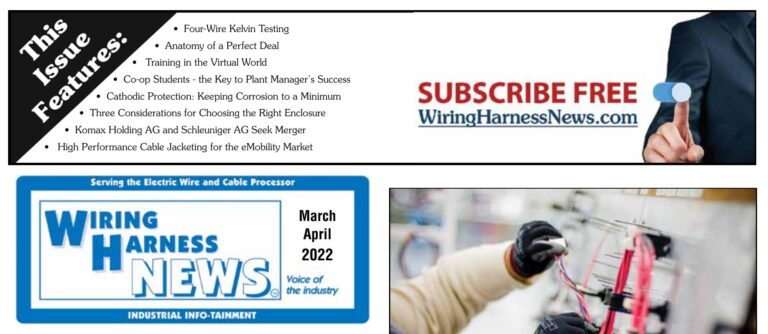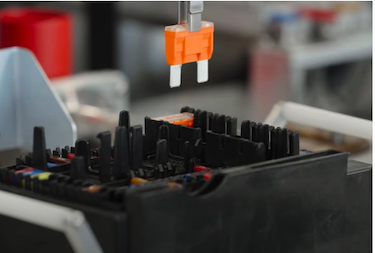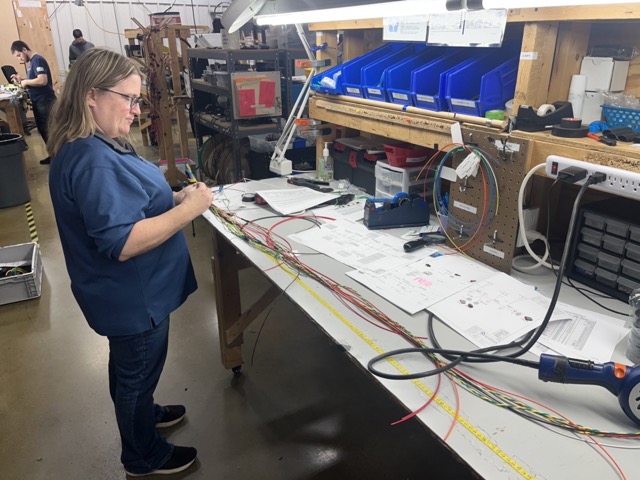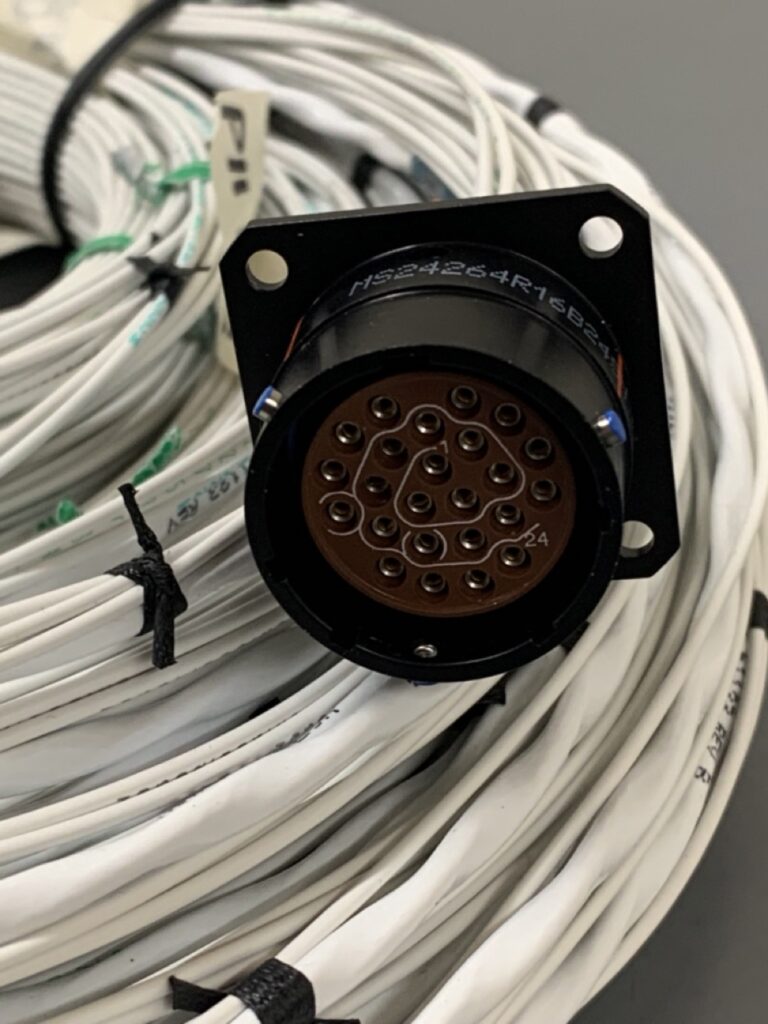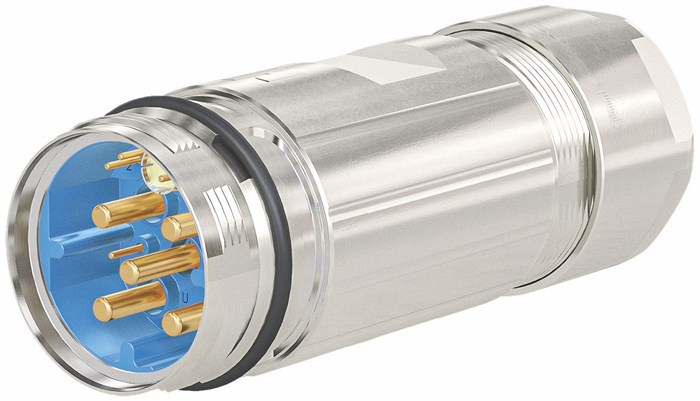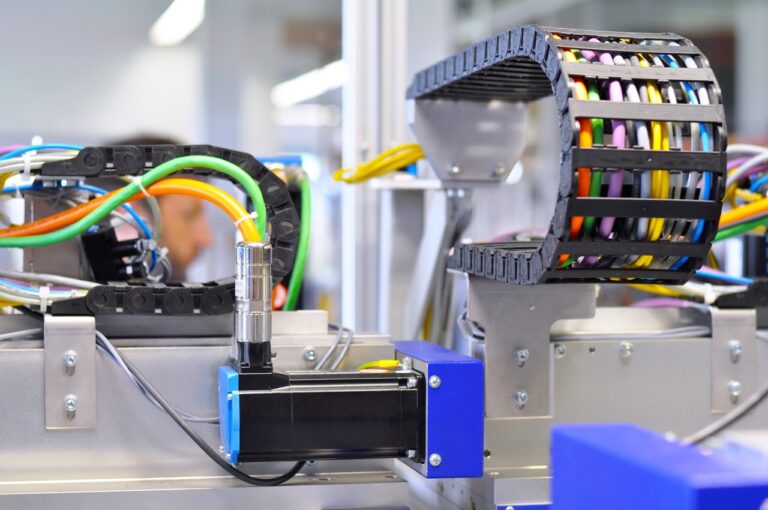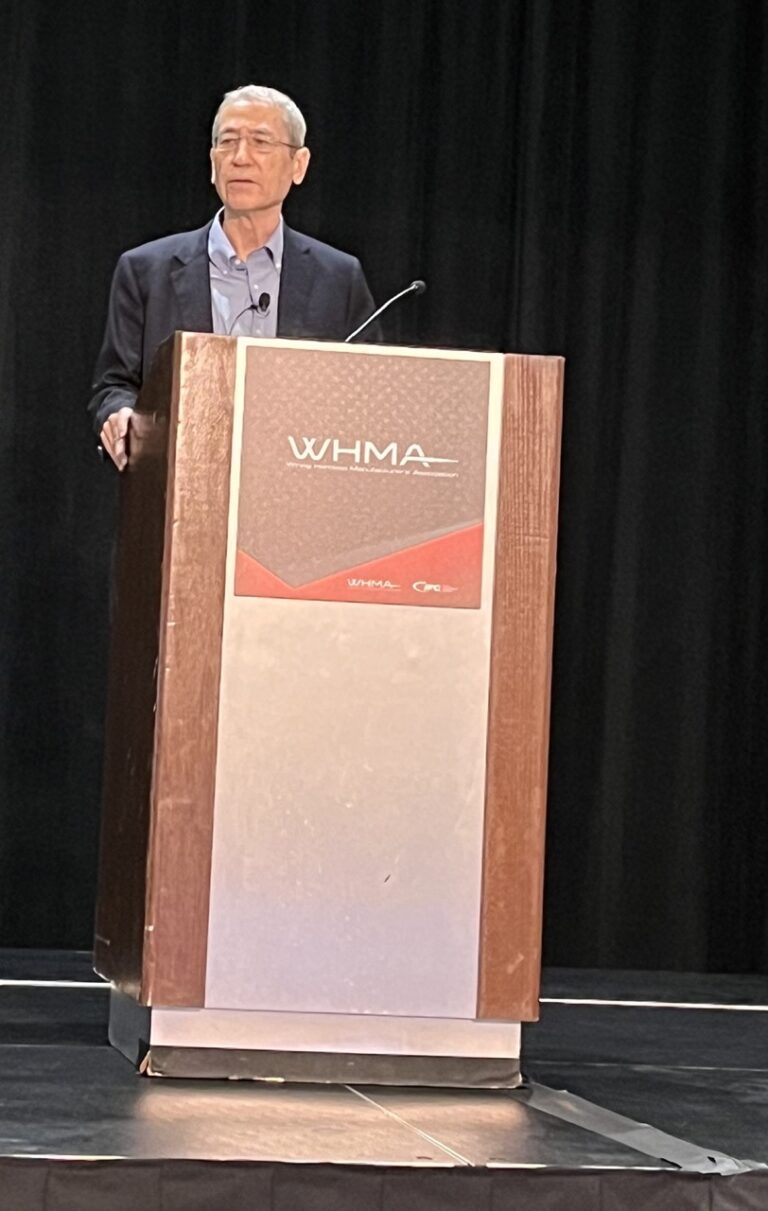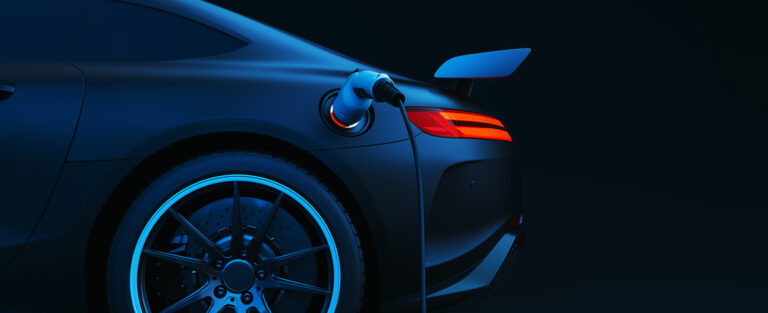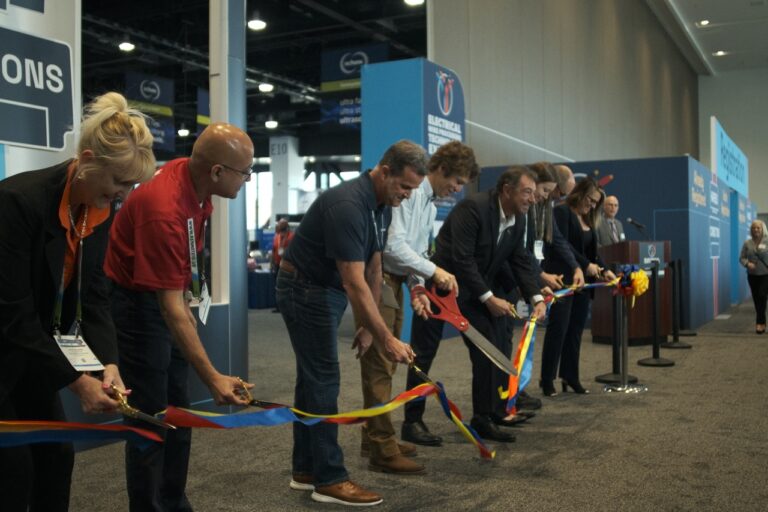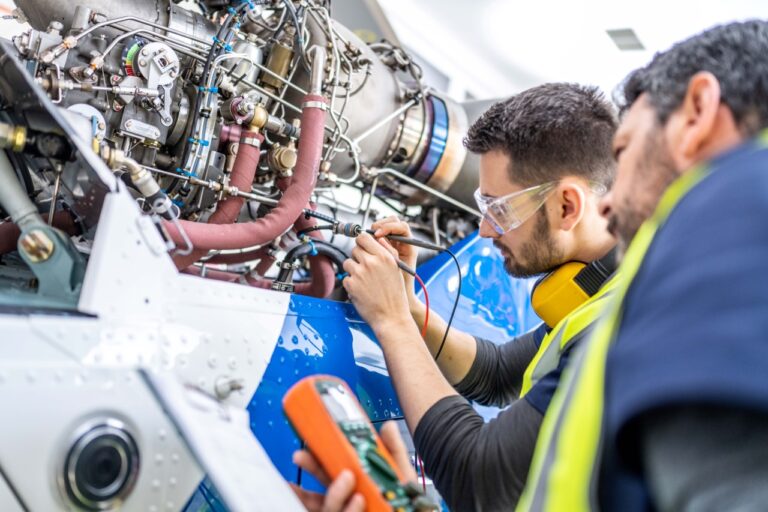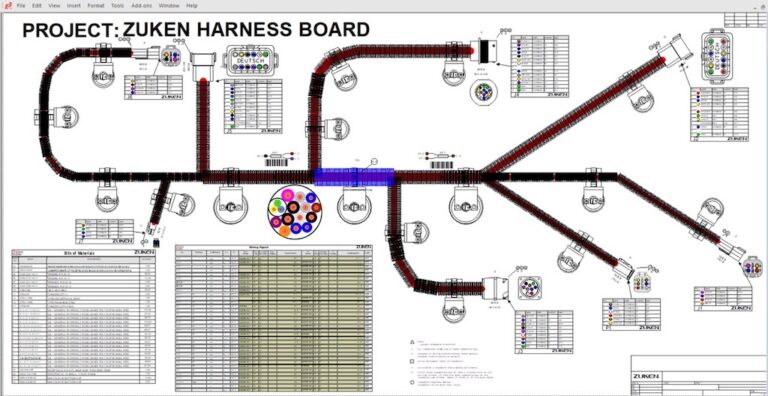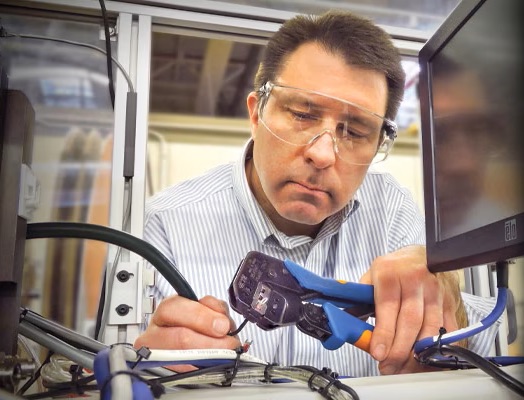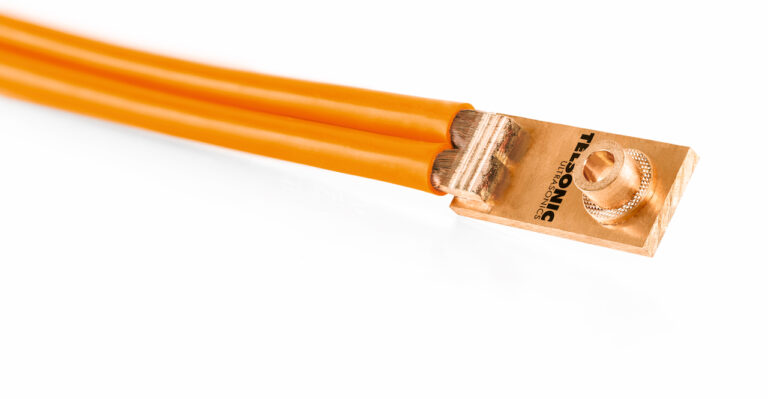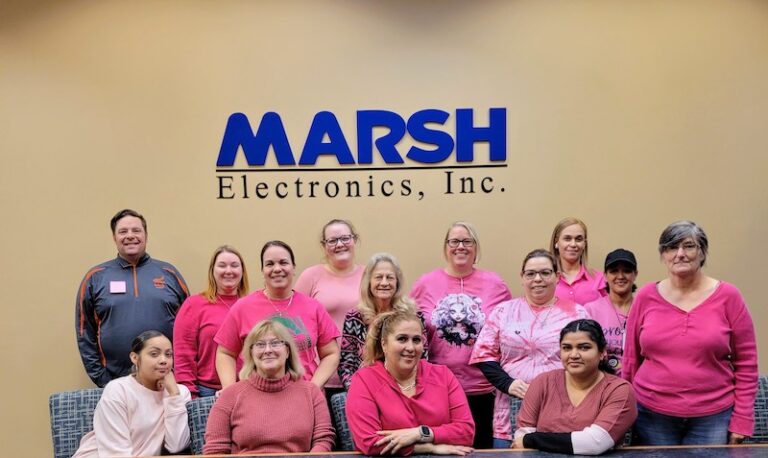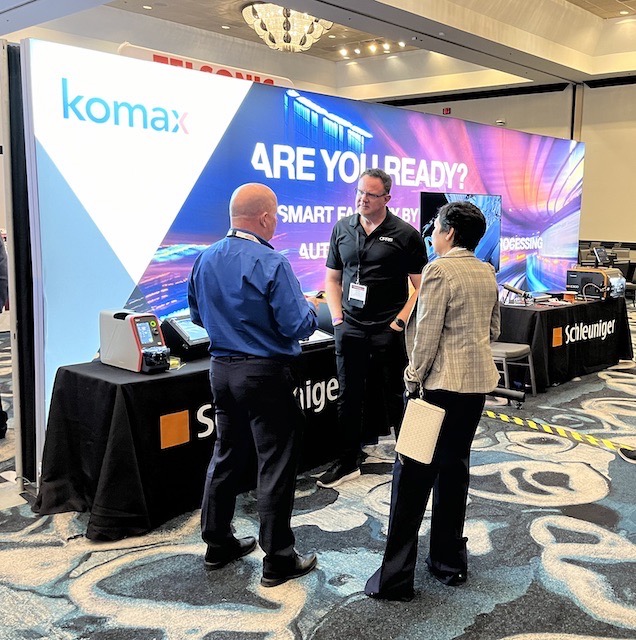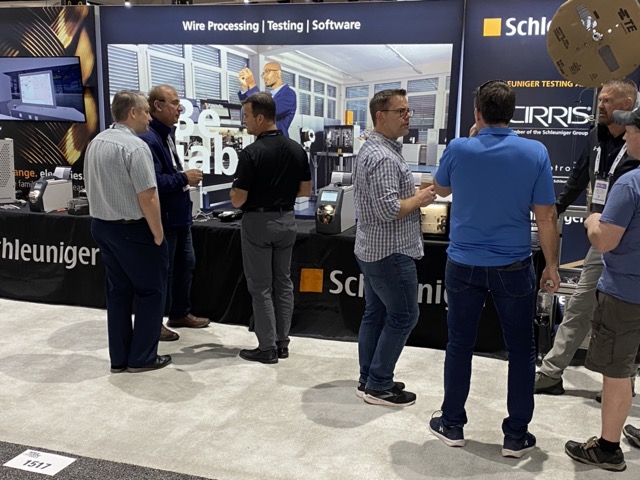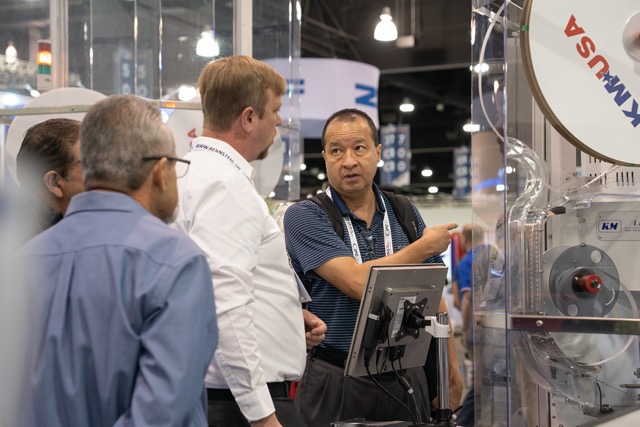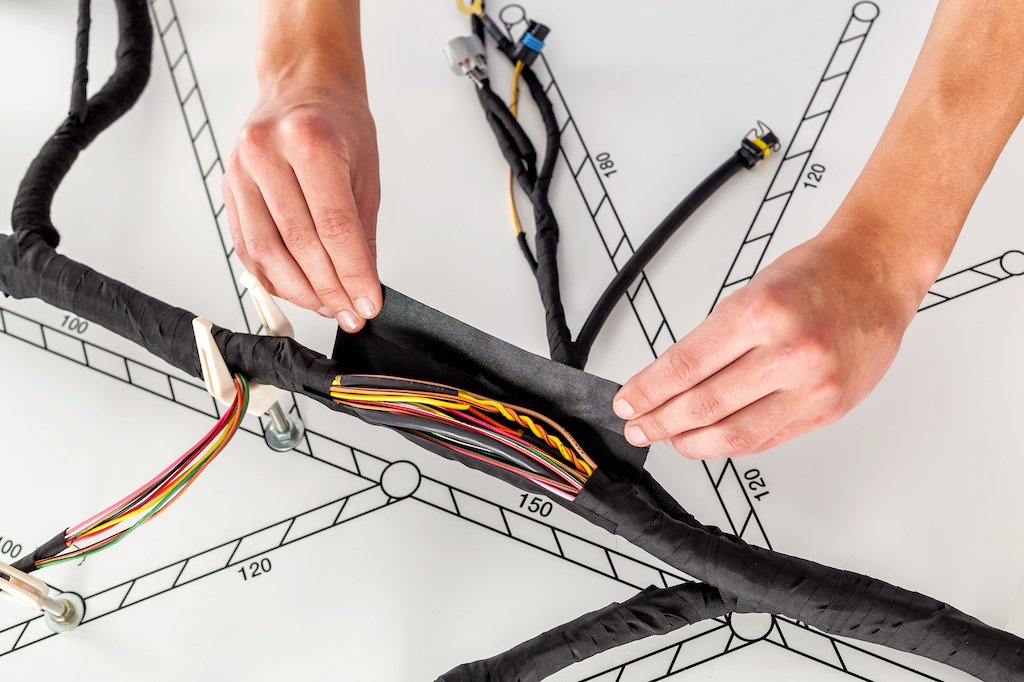A Discussion with tesa
As the Automotive Wire Harness and EDS conference approaches, WHN had an opportunity to speak with some key experts at tesa. tesa makes a myriad of adhesive solutions for many industries. For the wire harness industry, they produce tapes and coverings to bundle, protect and insulate electrical circuits.
Jose R. Valdez, North American Sales Manager, Wire Harness Manufacturers, Kevin Schroder, Key Accounts Manager, and Christina Austin, Corporate Communications and Sustainability Manager joined us as they prepare for the conference held in Detroit, October 19th and 20th. In that interview we discussed a few topics that will be explored heavily at the conference. We also touched on the rising importance of sustainability standards for all suppliers to the automotive industry, and tesa’s earnest response.
José led the charge with a discussion on how new trends and technologies are affecting harness architecture. “Regardless of the overall size of the vehicle, the space is an issue. OEMs are putting more and more circuits in the vehicles. So as the harnesses are getting bigger, the interior space allocated to them is getting smaller.” José then reiterated what many in the industry lament — that the electrical interconnect designs and subsequent harnesses are often the last things to be designed by the OEMs. “So, the designers are struggling with the dimension reduction and also the increased need for flexibility of the harnesses, because they are now being routed through more curves,” he advised.
The myriad of additional safety features available in today’s cars, José explained, has also made the protection of the circuits paramount. “Every car now has driver assisted technology and has the ability to connect your phone and make calls in case of an accident. All these systems must be maintained during an accident, so the engineers designing the harnesses need to take all of that into consideration to maintain the integrity of the system.”
“The only thing I would add to that,” Kevin followed, “is that it’s very important for the OEMs to maintain a certain level of noise reduction. This is especially true in high-end luxury vehicles. They want to maintain a level of sound abatement so you can tell you’re in a much higher quality vehicle.” José Added to that, saying, “And here is the tricky part with EVs, because you don’t have the noise of the engine, the vehicle needs to be even quieter, especially at low speeds. Any noise is going to be highly noticeable, so they need to add even more noise dampening features into the vehicles.” The OEMs call this low-speed rattle, and its elimination is key in EVs.
José then discussed today’s challenges with heat shielding. He noted that with internal combustion engine vehicles, the need for heat resistant designs was limited to harnesses in the engine compartment. With the onset of electric vehicles, the heat is generated by the batteries, and so the temperature resistance of those harnesses is not localized and may require shielding over a much longer distance. “So, the heat isn’t going away, it’s just being relocated from the engine compartment to the passenger compartment on the floor section.”
The discussion then pivoted to weight and its relationship to overall harness design, as this will be a major subject in the upcoming conference. José stressed that for every pound of weight you can save in a vehicle, there is a significant corresponding savings in miles per gallon, range (for EVs), tire wear and a myriad of other things. They have been looking for a way to directly quantify this relationship. “What we do know,” said José, “is that it is especially important in EVs when you consider that the infrastructure for charging stations is just not there.” For the OEMs, a longer range means these vehicles will be more acceptable to the general public.
“Some industry weight saving measures, are successful while others are not,” José outlined. He spoke about aluminum being substituted for copper. He indicated this can be a suitable solution in the electrical system, but not always “There was some debate about aluminum versus copper. The problem is that in order to achieve the same conductivity, an aluminum busbar, for example, must be much larger.” He suggested this can easily mitigate any weight savings and the use of aluminum should be evaluated on a case-by-case basis.
As Kevin pointed out, in order to address all of these issues, the electrical systems must use coverings that provide multiple performance attributes. Not only do they need these coverings to be abrasion resistant to protect the circuits, they must also accommodate a high level of acoustic sound dampening. “In the past,” he detailed, “you would address these challenges by using different types of materials together. When you put all those different products together, one for abrasion and another for sound dampening, you’re building the outer diameter of the harness and increasing the weight. In many instances this makes the problems even worse. So, a singular product with multiple attributes is really what the industry is driving towards.”
José and Kevin were keen to discuss their solutions to these automotive industry issues. “In the past,” Kevin detailed, “they would use PET fleece back padding for noise dampening, and then another PET cloth for abrasion resistance. What we’ve done is combine both of those together so that you get a product that not only gives great abrasion resistance, but also the sound dampening features you are looking for.” They call it their Modular Sleeving, specifically 51036 PV-76 or PV-78.
Both products combine these critical performance attributes. The PV-78 provides an even higher level of sound absorption (for a more detailed description about the development of these products, specific applications, and use guidelines, follow this link https://bit.ly/3Ozjw4K for an article WHN did on tesa solutions in the March/April issue). “Today, there has to be creative ways to drive savings. You can only get so much cost out of a textile-based product. So, one of the ways is to identify and offer a single material that can replace multiple materials. We’ve done that with a reduction in weight and a higher performing product,” Kevin concluded.
Sustainability was next on the agenda. Christina highlighted the efforts at tesa and spoke about an important European sustainability rating organization. She noted that tesa, as an organization, has become intensely focused on sustainability over the past few years. “The specific pillars we focus on are, overall reduction of emissions, responsible sourcing, use of recycled and bio-based materials, circularity and reduction of waste, and lastly, enabling sustainability for our customers with our product offerings,” she listed.
The team touted their new solvent free coating line at their North American manufacturing facility in Sparta Michigan. “Our SR6 series is a whole line of products with a coating made out of a non-solvent, waterborne acrylic that is generally much safer for the environment,” Kevin touted, “and in some cases, we are using up to 80% recycled content.”
“It’s important for us.” Jose emphasized. “tesa is a European company and sustainability is a huge topic in Europe. It’s a very big deal at places like Volkswagen, Volvo, and BMW. These manufactures are really working hard on sustainability through their supply chain and they are starting to assign values to their suppliers. In North America, this is still very much a work in progress, and tesa is getting ahead of the game.”
Christina was very eager to discuss tesa’s recent Gold Rating by EcoVadis. EcoVadis Is the world’s largest and most trusted provider of business sustainability ratings and they have created a global network of more than 100,000+ rated companies. “The Gold Rating puts us in the top 2% of companies that EcoVadis has assessed and we are very excited about that.”
As one of the partners and supporters, tesa will be on hand at the conference. The tesa team is passionate about all the work they have done in support of the harness industry, and a discussion with them at this event will be well worth your time.





















